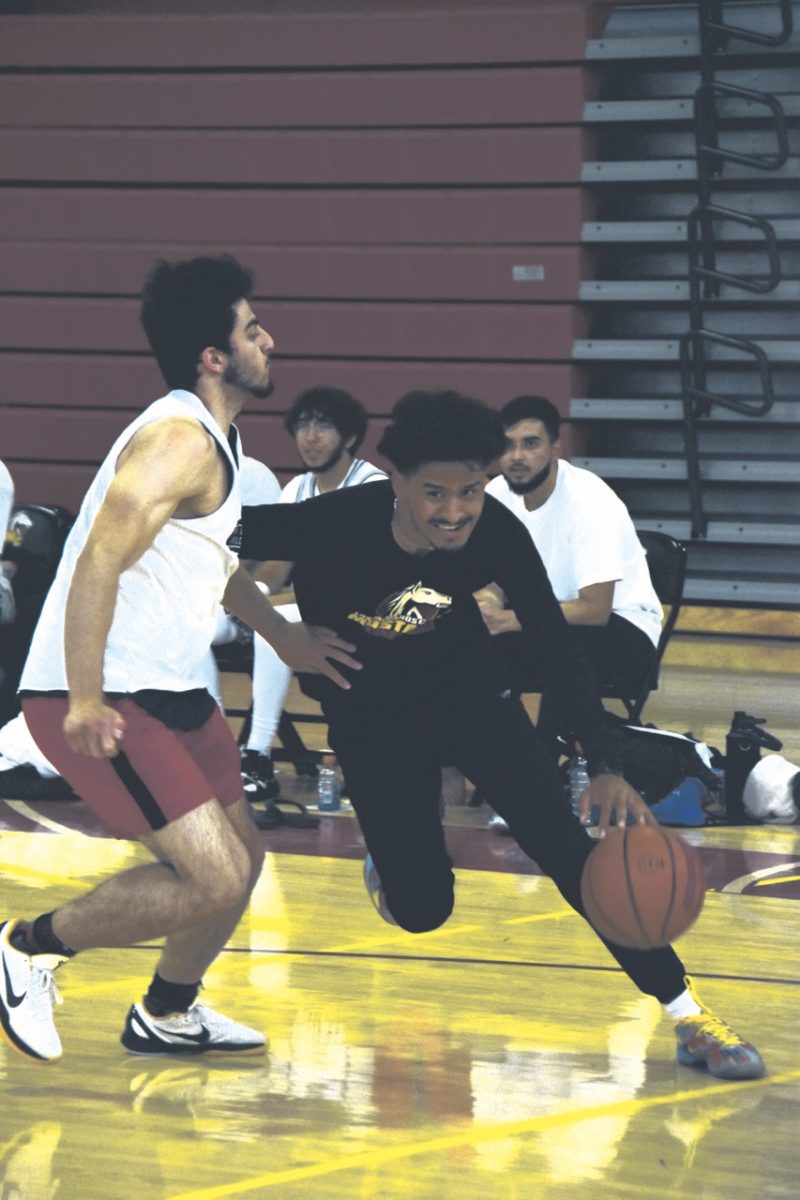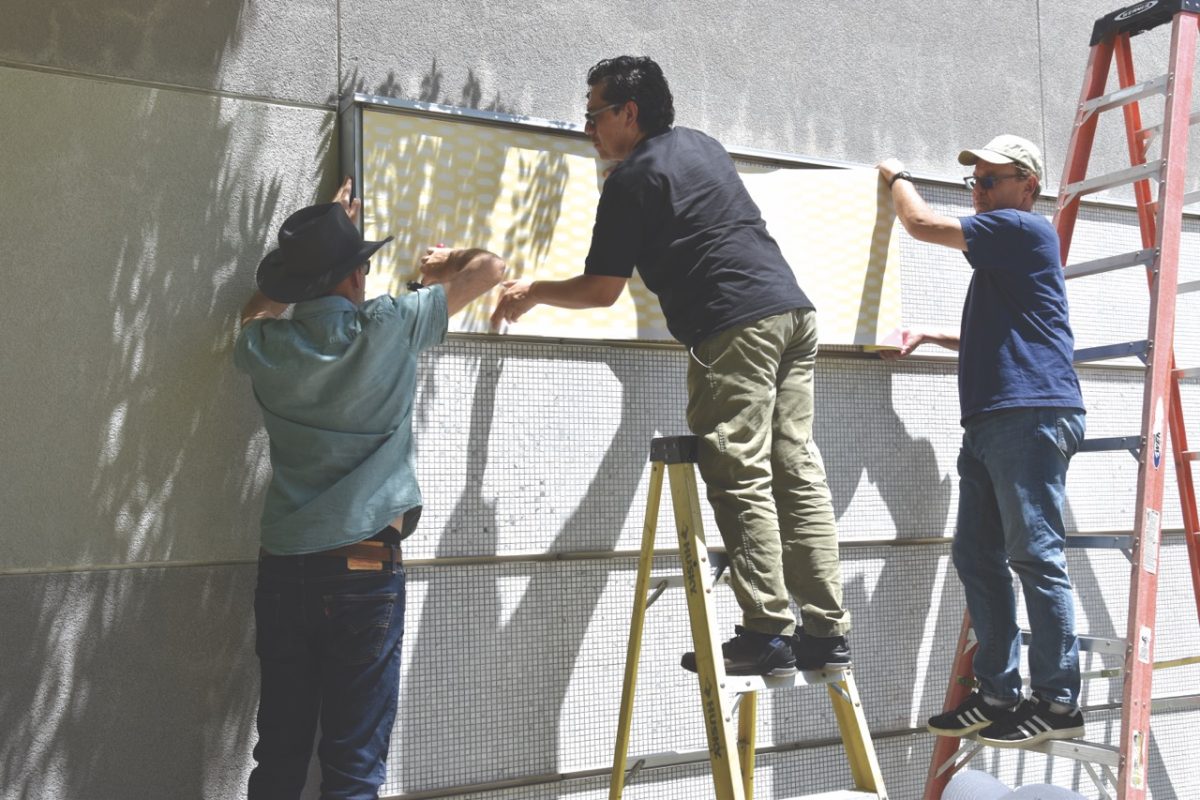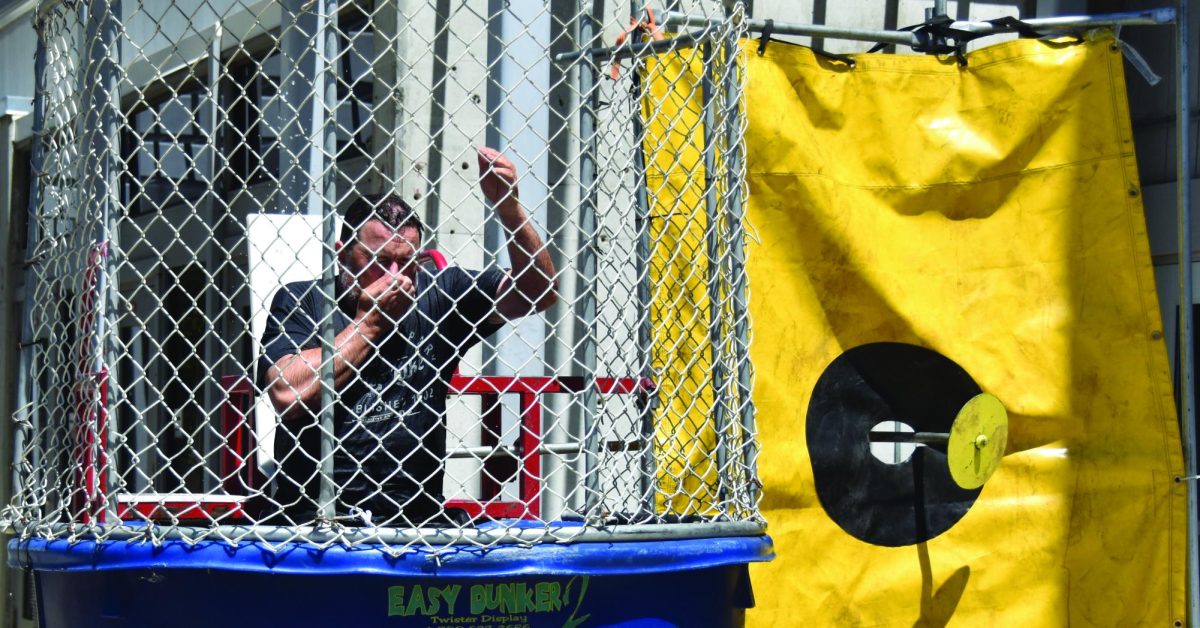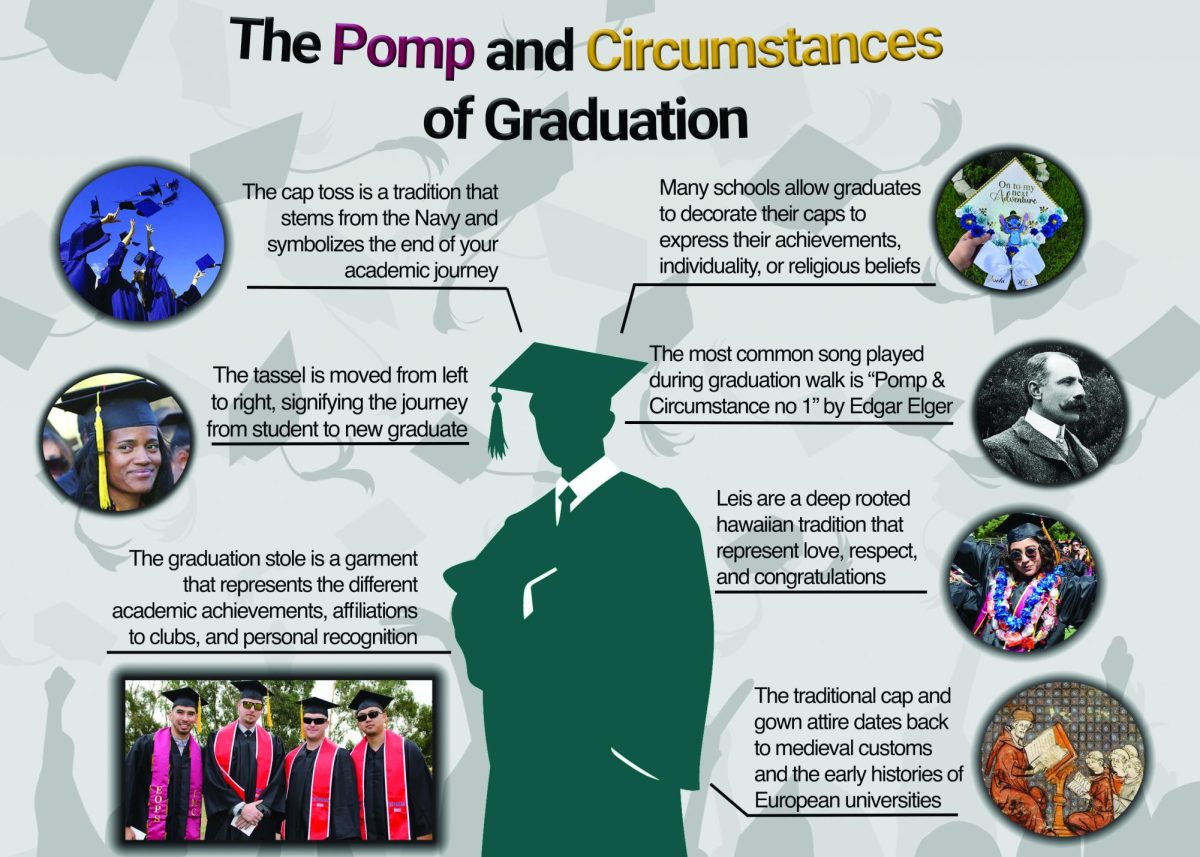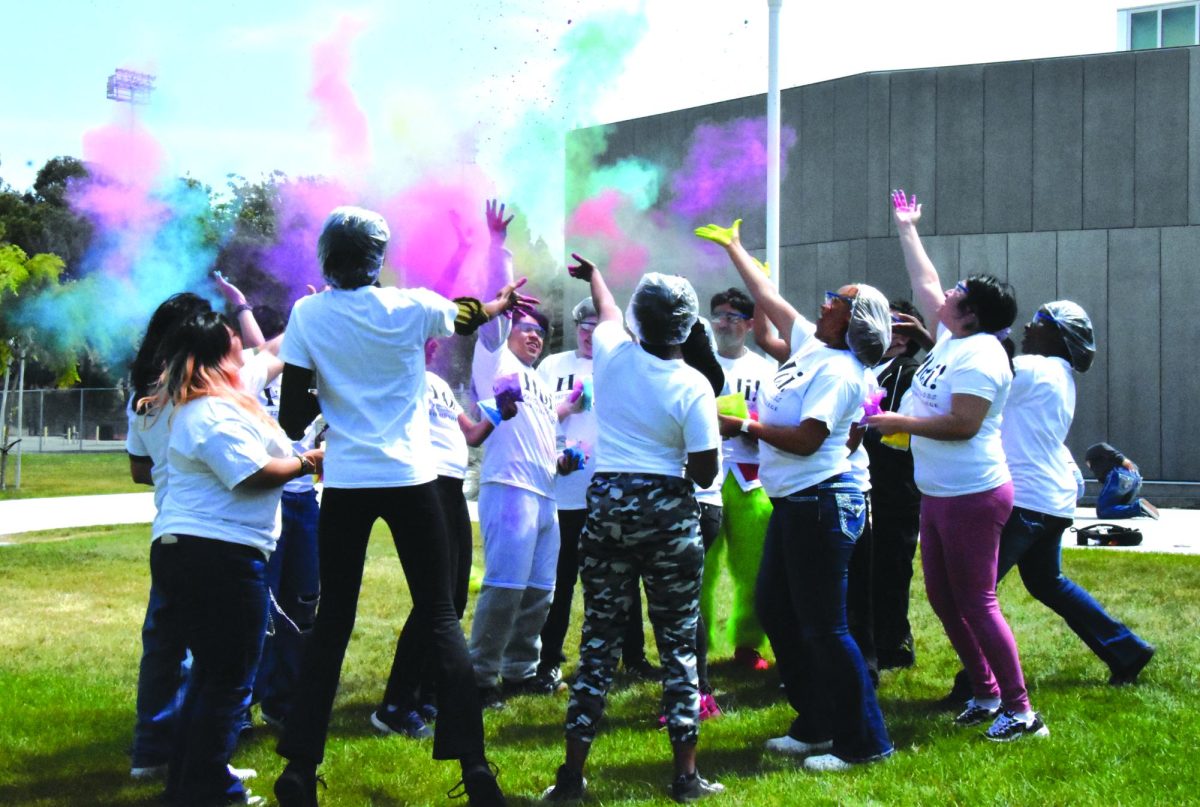The room is quiet save for a few whispered conversations that end as the instructor begins class. After years of effort first as a student and now as an educator the lecture is practiced, polished and current with knowledge of the field. In the midst of the adroit discourse, and as students take notes, a new sound intrudes. A cell phone rings with a personalized tone – perhaps the latest charttopping hit better heard thumping in a club, or an obnoxious one meant to illicit laughter better heard outside the classroom. Regardless of the chosen ringtone moments of instruction are interrupted, and if it is a particularly amusing piece of audio then laughter and embarrassment have likely replaced learning.
This scenario can unfold any day or night that classes are held at Los Medanos College or most other educational institutions across the country as today’s students and educators come to grips with the ever expanding realm of technology, which is proving to be both beneficial and disruptive instruction. LMC Professor Jennifer Blackman, has found that both realities of today’s gadgetry have been true for her as she seeks to instruct her students and create a beneficial learning environment.
“I handle it when it comes up,” she said, adding that “the inappropriate use of cell phones and laptop computers” have sometimes been a problem. Students often play on them, she explained, “Instead of paying attention. I don’t allow students to have anything in their ears during class.”
Blackman said she views technology as a tool that can be used to help students take notes, but it can also be a distraction. She said some students start taking electronic devices from her classes because they can come in handy. “When students use technology to enhance the learning environment by looking up a concept or a vocabulary word, that is when I appreciate the technology,” said Blackman. Other instructors at LMC draw a harder line when it comes to the misuse of technology in class. For Professor Nick Garcia, cell phones are handled with a zero-tolerance policy.
If a student’s cellphone rings, vibrates or is looked at by a student Garcia in his classroom will ask the student leave the class. Resulting in an “F” on all assignments for the day. Before being readmitted to the class, students violating the cell phone policy are required to write a two-page paper. If students fail to complete this task, the length of the paper is doubled and the student will not be allowed to attend class.
If the now four-page paper is not completed by the next class, Garcia will refuse to allow the student to join class and will drop him or her from the course. For many students, and perhaps even to other professors, this policy may be surprising and some may question whether teachers are allowed to discipline students this way. According to management — both Senior Dean of Instruction Richard Livingston, whom has assumed new responsibilities at the Contra Costa Community College District, and the Dean of Student Development Blass Guerrero — as well as LMC’s Student Code of Conduct, Garcia’s cell phone policy is in complete agreement with the level of behavior expected of college students and what instructors can do to maintain their classroom’s learning environment.
Guerrero explained that LMC does not have a unified cell phone policy. This gives the professors their own personal disciplinary control, but this is challenging because this rule is new and educational institutions are still trying to regulate them. Livingston echoed many of Guerrero’s sentiments. “Technically and legally, Garcia is correct according to the Student Code of Conduct,” said Livingston. “We are a serious academic institution and students ought to be able to live without their social media for the length of a class.” Livingston added that cell phones going off in class are not seen as a problem only to professors, but too many students as well. “It is interesting that when students are asked about this issue they say that cell phones in class are a problem,” said Livingston.
If LMC student Syed Rizvi is any indication then Livingston is correct in this assertion. To Rizvi the issue of cell phone usage in class is two-fold. The first aspect is how it affects him a student. “As long as they are not making noise with the cell phone, I am okay with it, but if it rings and they answer it and start talking loudly – I might get distracted,” said Rizvi. The other issue to Rizvi is the impact the cell phone has on the student who is using it. “It is hard to multitask,” explained Rizvi.
He believes students who spend class time on phones are less productive because they are focused on the phone rather than on what the professor is saying. “Students should concentrate on the professor,” Rizvi added. LMC Student Stefany Fuentes believes usage of a cell phone in class is a breach of how students should conduct themselves in class. “Proper etiquette would be to be have your electronic devices away – so you can hear what the instructor is saying,” said Fuentes.
She added that having technology put away helps to avoid confusion, because a student who is distracted by their gadgets may not hear assignment details and due dates. For Fuentes along with other LMC students the issue of cell phones and other electronic devices being misused are not the only aspect of classroom behavior that impedes their ability to learn. Other things such as side conversations, or when class discussions go wildly off topic, it also makes it difficult to focus. Fuentes feels students
Categories:
Phones hinder classroom learning
September 21, 2012
0
More to Discover


